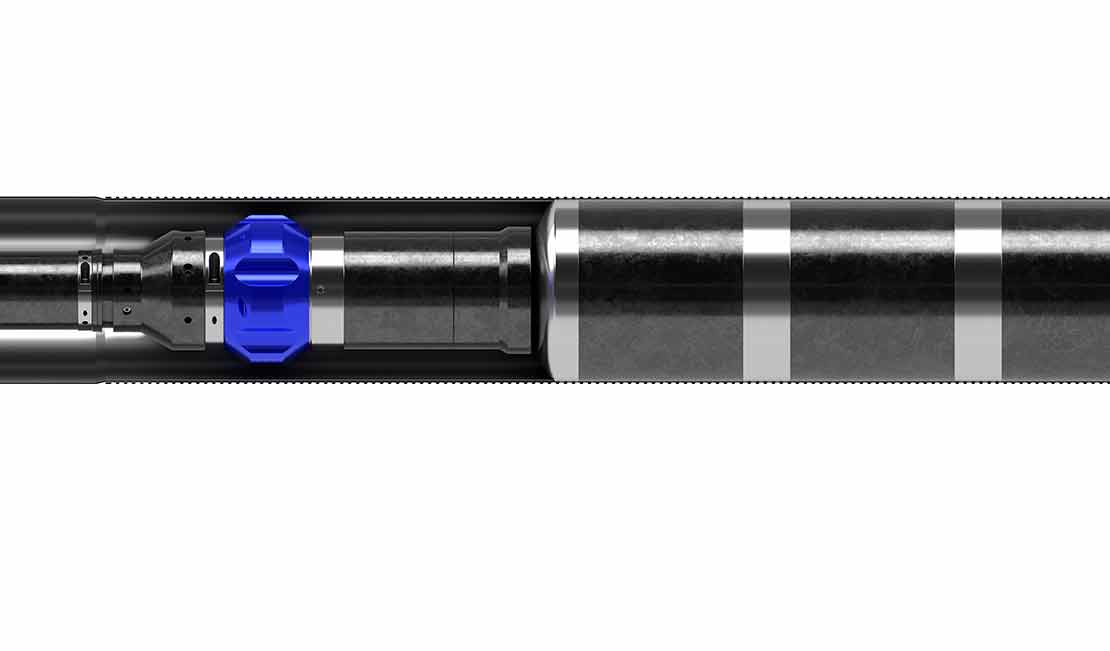ACTive PTC
CT real-time pressure, temperature, and casing collar locator tool
Improve job efficiency and subsequent well performance with real-time downhole measurements.

Our remedial patches use field-proven Saltel Xpandable™ expandable steel technology. Standard patches can be deployed up to 302 degF [150 degC], while high-temperature (HT) patches are suitable for wells up to 446 degF [230 degC]. The latter have short-term resistance to 482 degF [250 degC] and are ISO 14310–qualified up to that temperature. Standard and HT patches are available for casing sizes ranging from 4 1/2 in to 13 3/8 in. Download the datasheet for detailed specifications.
The patch is made of high-quality stainless steel with an elastomer or graphite and HT PTFE outer skin. An optional dynamic sealing system for high-rate gas wells enables the elastomer seal to autoenergize with differential pressure. The result is a gas-tight patch validated to ISO 14310 V0 that can seal under pressure, even through thermal cycling.


Saltel expandable steel patches are a permanent solution, capable of molding to irregular geometries. Expanded with an inflatable packer downhole, the patch creates a high-pressure inner lining that seals off and protects damaged casing or tubing from further loss of integrity. Overlapping patches can be used across long breaches. The large ID enables nearly unrestricted access to the wellbore below, so drilling, completion, or well intervention operations can continue and most bottomhole assemblies can pass through as required. Using these patches to seal off unwanted perforations can save multiple days of rig time—hence reducing cost and emissions—and significantly improve the likelihood of success compared with cement squeezes.
Our engineered system provides a resilient and reliable seal that is able to withstand significant differential pressures and thermal cycling, which can compromise the integrity of alternative sealing technologies over time. In addition to the profiled external seals, the patches can be secured with anchoring strips to mitigate slippage risks due to axial loads and withstand the lateral forces and wear encountered if drilling ahead. The patch can be run on tubing, drillpipe, or coiled tubing.
The profiled sealing system conforms to varying IDs and is applied and cured in a controlled environment during manufacturing, employing different materials based on the application requirements—unlike the field-applied epoxy resin used by some providers.
The downhole expansion tool is positioned inside the patch and its packer section is inflated enough to grip the inside of the patch. The assembly is run in hole, and once it is at depth, the packer is further inflated using pressure from surface. The top of the patch expands and is pushed against the casing or tubing being repaired to activate the outer seals and anchor the patch in place. The packer is subsequently deflated, run in another 3 ft [1 m], and reinflated. The process is repeated until the full length of the steel patch has been expanded. By expanding the patch from the top down, the risk of a stuck setting tool is minimized.